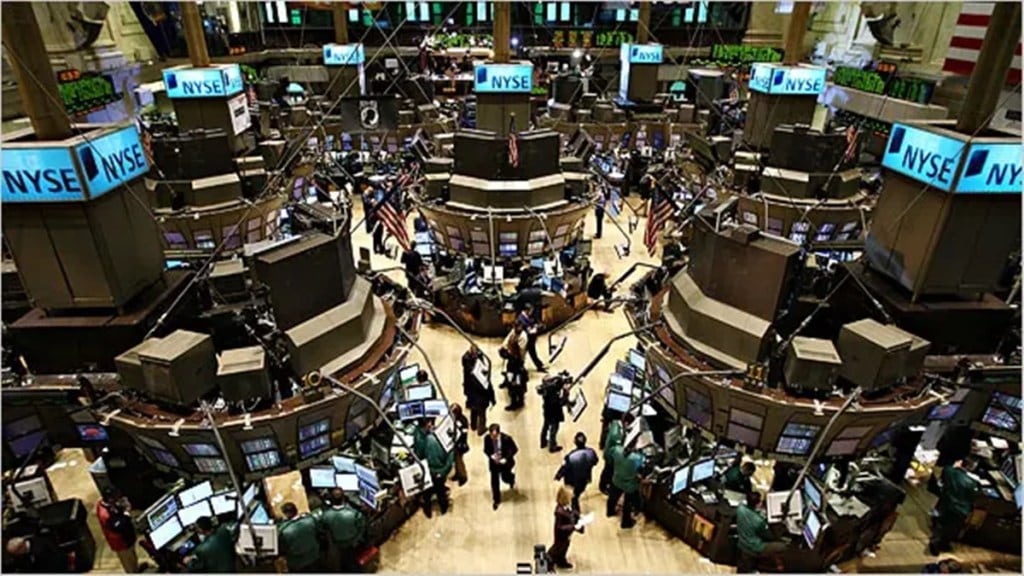The US stock market sell-off in April 2025 is closely tied to President Trump’s ‘reciprocal tariffs’, which are expected to uproot the global trading system. The impact of Trump’s tariffs is likely to reverberate across industries, geographies, and ultimately hit consumers and corporations.
When the economic activity is under threat, how can the stock market remain immune? On April 3, the S&P 500 dropped 4.8% and the next day, fell more than 5% in midday trading. On days like these, when indices continue to plummet and equities fall like nine pins, investors wish for a halt in trading.
Not because investors want it, but the stock market exchanges have a mechanism in place to stop trading if a sharp drop in market prices reaches levels that could deplete market liquidity.
A trading halt or circuit breaker is also used at the index level. The securities and futures exchanges have procedures for coordinated cross-market trading halts.
These procedures, known as market-wide circuit breakers, may halt trading temporarily or, under extreme circumstances, close the markets before the normal close of the trading session.
Market-wide circuit breakers provide for cross-market trading halts during a severe market decline as measured by a single-day decrease in the S&P 500 Index.
A cross-market trading halt can be triggered at three circuit breaker thresholds — 7% (Level 1), 13% (Level 2), and 20% (Level 3).
These triggers are set by the markets at point levels that are calculated daily based on the prior day’s closing price of the S&P 500 Index.
Level 1 halt (7% decline in S&P 500 index)
Trading will halt for 15 minutes if drop occurs before 3:25 p.m.
At or after 3:25 p.m.—trading will continue, unless there is a Level 3 halt.
Level 2 halt (13% decline in S&P 500 index)
Trading will halt for 15 minutes if drop occurs before 3:25 p.m.
At or after 3:25 p.m.—trading will continue, unless there is a Level 3 halt.
Level 3 halt (20% decline in S&P 500 index)
At any time during the trading day, trading will halt for the remainder of the day.
Trading Halts based on a Level 1 or Level 2 market decline may only occur once per day. For example, if a Level 1 market decline were to occur and trading were halted following the reopening of trading, the Exchange would not halt the market again unless a Level 2 decline were to occur.
The orders in both Nasdaq and other Exchanges’ listed securities will remain as it is unless cancelled by the customer. The stock exchange will accept orders at all times during the halt period.
Limit Up-Limit Down Circuit Breaker (Single Stock Circuit Breaker)
The Limit Up-Limit Down circuit breaker is a market volatility moderator designed to prevent large, sudden price moves in a stock.
In particular, it prevents trades in individual securities from occurring outside of a specified price band. This price band is set at a percentage level above and below the average price of the stock over the immediately preceding five-minute trading period.
If the stock’s price moves to the price band and does not move back within the price bands within 15 seconds, trading in the stock will pause for five minutes. These price bands are 5%, 10%, 20%, or the lesser of $.15 or 75%, depending on the price of the stock and whether the stock is designated as a Tier 1 or Tier 2 stock.
